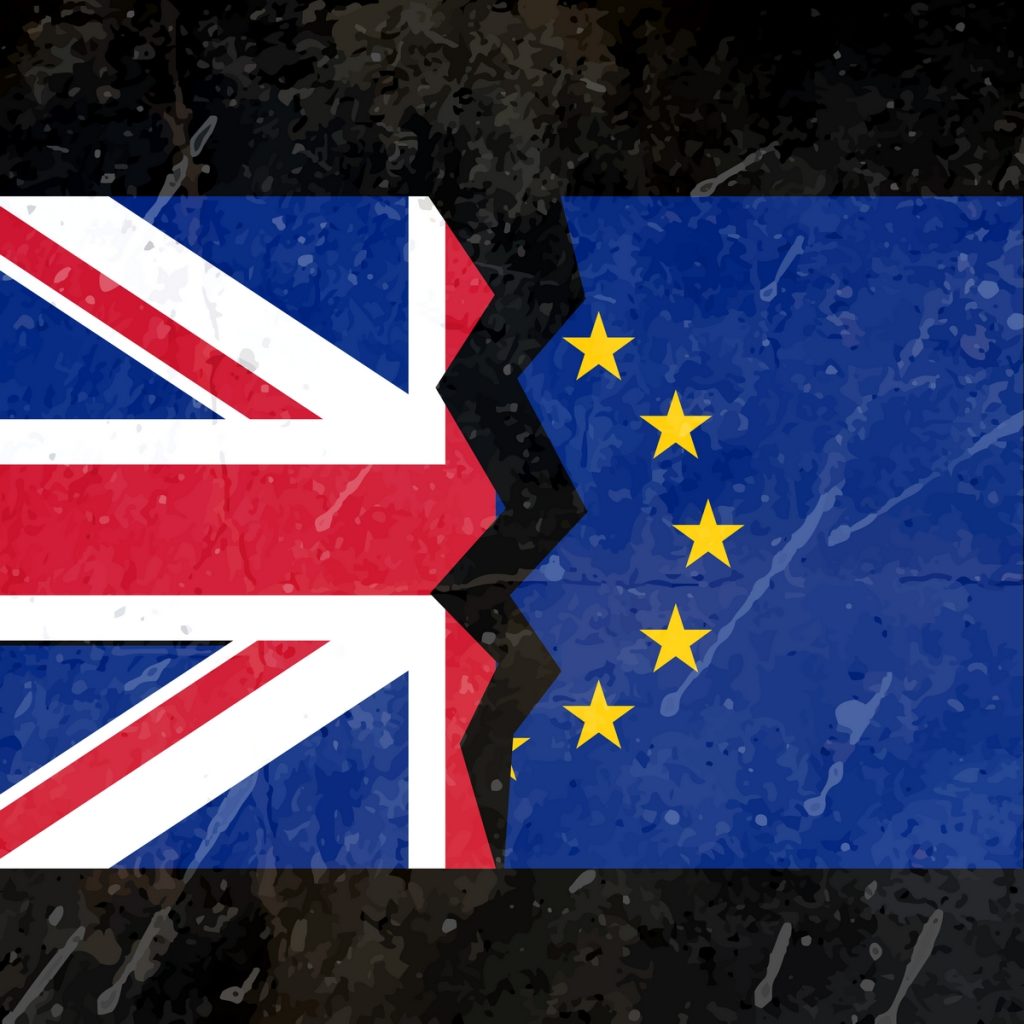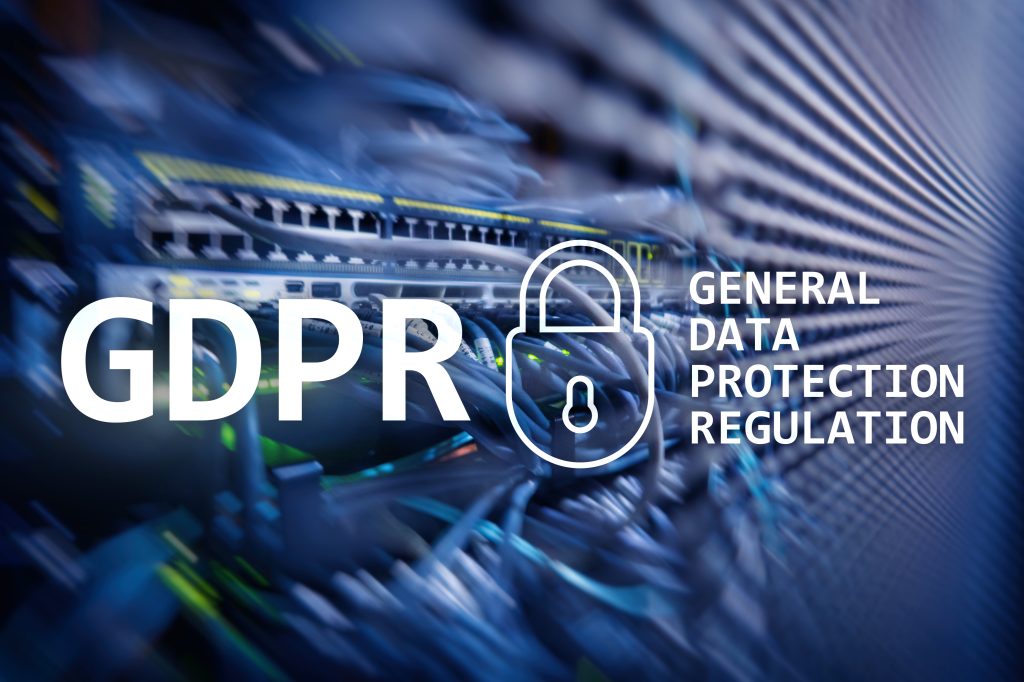Since the UK’s departure from the European Union, businesses have faced the challenge of navigating the complex world of data protection laws. One of the most significant changes has been the distinction between the UK GDPR vs EU GDPR. While both frameworks aim to protect personal data and ensure privacy, there are important differences that businesses must understand to remain compliant in 2024 and beyond.
This guide by Creative Networks explains the key differences between UK GDPR and EU GDPR, explore their similarities, and help you understand what your business needs to do to comply with both regulations.

Understanding GDPR: A Quick Overview
The General Data Protection Regulation (GDPR)was introduced by the European Union in 2018 to standardize data privacy laws across all EU member states and strengthen individual privacy rights. It became the gold standard for data protection globally, impacting businesses inside and outside the EU that handle EU residents’ data.
Following Brexit, the UK implemented its version of GDPR, known as the UK GDPR, which is part of the UK’s data protection framework, alongside the Data Protection Act 2018. Although UK GDPR mirrors many of the principles and regulations of the EU GDPR, Brexit has introduced key differences that businesses need to consider.
Key Differences Between UK GDPR and EU GDPR
While the UK GDPR and EU GDPR share many foundational principles, businesses need to understand the specific differences to ensure compliance in both regions.
1. Territorial Scope
- EU GDPR applies to any organisation that processes the personal data of individuals located within the European Union, regardless of where the organisation itself is based. This includes companies outside the EU that offer goods or services to EU residents or monitor their behavior.
- UK GDPR applies similarly but is limited to the UK. It covers organisations processing personal data of individuals within the UK or those offering goods and services to UK residents.
Given that over 30% of UK businesses deal with both UK and EU data, this dual compliance challenge has become a common issue for many companies operating across borders.
2. Regulatory Oversight
The enforcement of GDPR differs between the UK and the EU, with separate regulatory bodies overseeing compliance.
- EU GDPR is enforced by Data Protection Authorities (DPAs) in each EU member state, with the European Data Protection Board (EDPB) overseeing consistency across the region.
- UK GDPR is enforced by the Information Commissioner’s Office (ICO), which is responsible for regulating data protection and ensuring compliance with the UK-specific laws.
For businesses operating in both the UK and EU, this means navigating relationships with multiple regulatory bodies. In fact, 72% of businesses that operate across the UK and EU have reported interacting with both the ICO and various EU DPAs to ensure full compliance.
3. Cross-Border Data Transfers
One of the biggest differences between UK GDPR and EU GDPR lies in how cross-border data transfers are managed.
- EU GDPR has strict rules about transferring data outside the EU, only allowing transfers to countries deemed to have “adequate” data protection standards. In cases where no adequacy decision exists, businesses must use mechanisms such as Standard Contractual Clauses (SCCs) or Binding Corporate Rules (BCRs).
- UK GDPR follows a similar approach. Currently, the EU has granted the UK an adequacy decision, meaning data can flow freely between the EU and UK. However, this adequacy decision is subject to review, and any changes could require businesses to adopt new data transfer mechanisms.
With 65% of UK businesses reliant on cross-border data transfers, staying updated on the adequacy decision is critical for ensuring compliance and avoiding potential disruption.
4. Supervisory Authorities
Under EU GDPR, businesses operating in multiple EU member states can appoint a lead supervisory authority to streamline interactions with DPAs. This means that businesses only need to engage with one DPA, even if they operate across several EU countries.
In contrast, UK businesses subject to UK GDPR no longer have this option. If a business operates in both the UK and EU, it may need to interact with both the ICO in the UK and relevant DPAs in the EU.
For businesses with a significant presence in both markets, this dual-regulatory approach has created additional complexity, with 40% of UK companies reporting an increase in administrative burden when managing compliance across both regions.
5. Representation Requirements
If your business does not have a physical presence in either the UK or the EU but processes the data of residents from these regions, you are required to appoint a local representative:
- Under EU GDPR, businesses outside the EU must appoint an EU representative to act as a point of contact for data protection authorities and data subjects.
- Similarly, UK GDPR requires businesses outside the UK to appoint a UK representative if they process the data of UK residents.
By 2023, 45% of non-EU businesses had appointed both UK and EU representatives to ensure compliance with the local GDPR requirements in each region.

Similarities Between UK GDPR and EU GDPR
Despite the differences, the UK GDPR and EU GDPR share many of the same principles, which is why businesses familiar with EU GDPR will find it easier to comply with UK GDPR.
- Data Subject Rights: Both regulations grant individuals rights over their personal data, including the right to access, correct, and delete their data.
- Data Breach Reporting: Both UK and EU GDPR require businesses to report data breaches to the relevant supervisory authority within 72 hours of discovery.
- Fines and Penalties: Non-compliance with either regulation can result in heavy fines—up to €20 million or 4% of global annual turnover, whichever is higher.
These shared principles mean that businesses don’t need to reinvent their data protection strategies but must ensure compliance with both frameworks when operating across borders.
The Importance of Compliance in 2024
As we move further into 2024, ensuring compliance with both UK GDPR and EU GDPR is critical for businesses that process personal data from individuals in both regions. Non-compliance can lead to severe financial penalties, operational disruption, and reputational damage.
Key Considerations for Businesses:
Stay Updated on Adequacy Decisions
While the EU has granted the UK an adequacy decision, this is subject to review. Businesses must monitor any changes that may require adjustments to data transfer mechanisms between the UK and EU.Appoint Regional Representatives
For businesses that operate without a physical presence in the UK or EU but process data from these regions, appointing both UK and EU representatives is essential to comply with the local data protection laws.Prepare for Dual Compliance
Businesses that operate across the UK and EU must engage with both the ICO and EU DPAs. Having a strategy in place to manage relationships with both regulatory bodies will be critical to streamlining compliance efforts.
Contact Creative Networks Today
Understanding the difference between UK GDPR and EU GDPR is essential for businesses navigating the post-Brexit landscape. While the two frameworks share many similarities, there are distinct differences in terms of territorial scope, regulatory oversight, and cross-border data transfers that businesses must manage.
At Creative Networks, we offer expert guidance to help businesses stay compliant with both UK GDPR and EU GDPR regulations. Our tailored data protection solutions ensure your business can navigate these complex regulations with ease.
Contact us today to learn how we can support your GDPR compliance strategy in 2024 and beyond.




